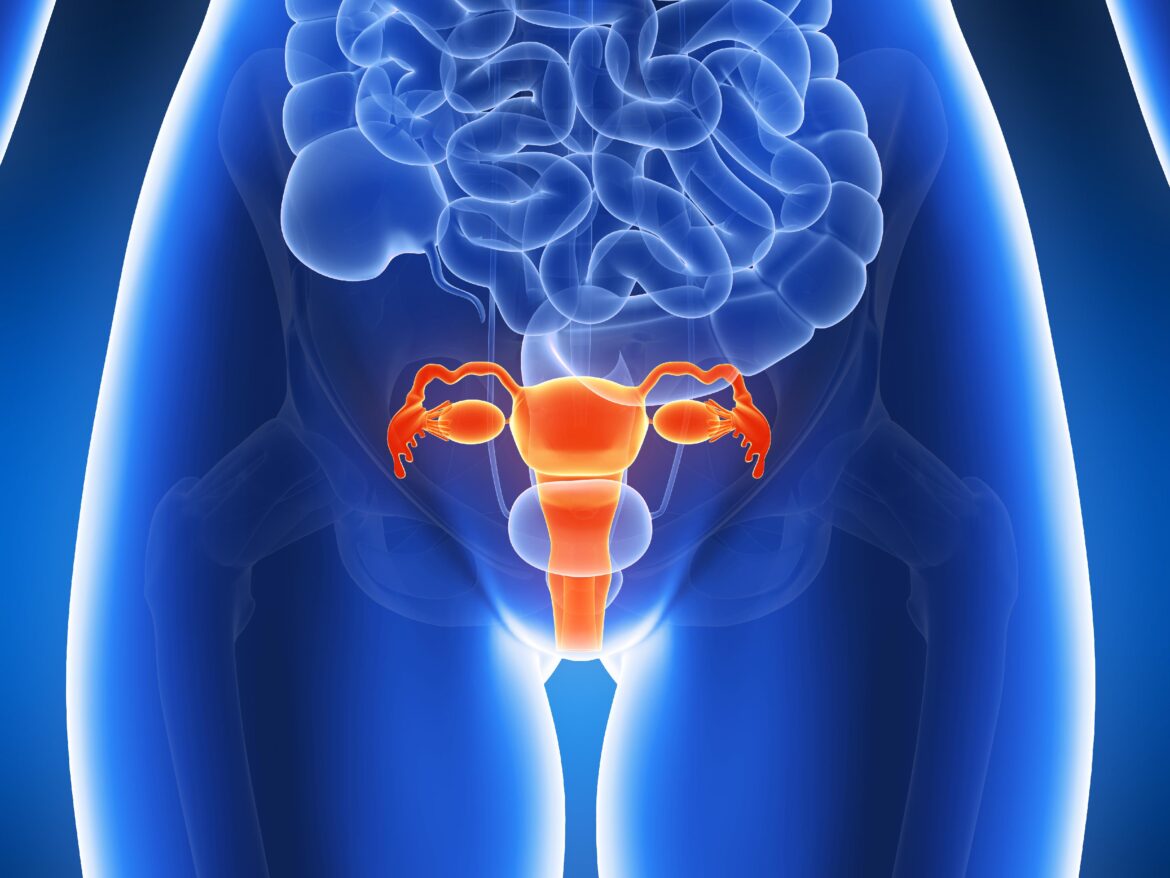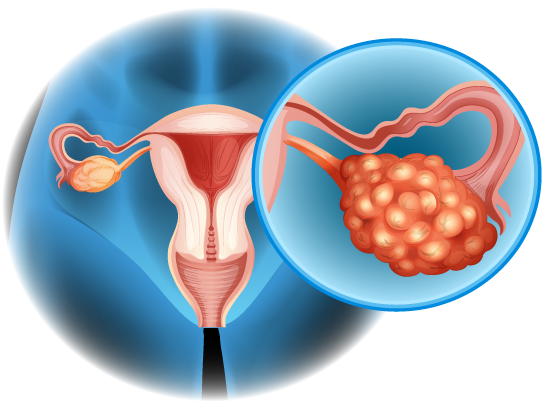The uterus, commonly known as the womb, is one of the most vital organs in a woman’s body. It plays a central role in the reproductive system, supporting the development of a fetus during pregnancy. However, like any other organ, the uterus can develop problems that can range from mild discomfort to severe complications affecting overall health and fertility. Recognizing the signs of uterine issues early and seeking prompt medical attention is crucial for maintaining reproductive and general health.
1. Uterine Swelling (Inflammation)
Uterine inflammation is a common issue, often caused by bacterial infections. This condition, medically referred to as endometritis, occurs when bacteria enter the uterus, usually due to pelvic infections, unsterile medical procedures, or complications during childbirth. Symptoms of uterine swelling include persistent abdominal pain, fever, and unusual vaginal discharge. Left untreated, the infection can spread, leading to more severe complications, such as pelvic inflammatory disease (PID). Treatment typically involves antibiotics prescribed by a healthcare professional, and in severe cases, hospitalization may be necessary for intravenous antibiotics and monitoring.
2. Uterine Polyps
Uterine polyps are small, benign growths that develop on the inner wall of the uterus due to an overgrowth of endometrial tissue. While these growths are usually non-cancerous, they can cause significant discomfort and disrupt normal menstrual cycles. Common symptoms include irregular or heavy periods, spotting between periods, and pelvic pain. Some women may also experience difficulty in conceiving due to polyps obstructing the uterine cavity. Polyps are often detected through imaging tests such as ultrasounds and treated with minimally invasive procedures like hysteroscopy, which allows for the removal of these growths.
3. Uterine Fibroids
Fibroids are one of the most common uterine problems affecting women, particularly during their reproductive years. These are non-cancerous tumors that develop either inside or outside the uterine walls. Fibroids vary in size and can be asymptomatic in some cases, while in others, they cause symptoms like prolonged or heavy menstrual bleeding, pelvic pain, frequent urination, and difficulty during intercourse. Large fibroids can lead to anemia due to heavy blood loss and, in some cases, infertility. While the exact cause of fibroids is unclear, factors like hormonal imbalances and genetics play a significant role. Treatment options depend on the severity of the condition and range from hormonal medications to shrink fibroids to surgical interventions like myomectomy or hysterectomy for more severe cases.
4. Endometriosis
Endometriosis is a complex and often painful condition where the tissue that normally lines the uterus (endometrium) starts to grow outside the uterus. These growths can occur on the ovaries, fallopian tubes, or even the pelvic cavity, leading to chronic pain and inflammation. During menstruation, this displaced tissue breaks down like normal uterine tissue, but since it has no way to exit the body, it causes internal bleeding, scar tissue formation, and adhesions. Common symptoms of endometriosis include severe menstrual cramps, pain during intercourse, heavy menstrual bleeding, and, in some cases, infertility. Endometriosis is a progressive condition, and while there is no definitive cure, treatments like hormonal therapy, pain management, and laparoscopic surgery can help manage symptoms and improve quality of life.
5. Symptoms to Never Ignore
Uterine problems often come with clear warning signs, but many women may dismiss them as part of a normal menstrual cycle or temporary discomfort. Some symptoms that should never be ignored include:
1. Persistent pelvic pain or cramps.
2. Irregular, heavy, or prolonged periods.
3. Unusual vaginal discharge, often with a foul odor.
4. Pain during intercourse or urination.
5. Difficulty conceiving or recurrent miscarriages.
If you experience any of these symptoms, consulting a gynecologist promptly is essential. Early diagnosis and treatment can prevent complications and ensure better health outcomes.
Causes and Risk Factors
Several factors contribute to uterine problems, including:
1. Hormonal Imbalances: Excessive or insufficient production of estrogen and progesterone can lead to conditions like fibroids, polyps, and endometriosis.
2. Genetic Predisposition: A family history of uterine problems increases the risk of developing similar conditions.
3. Age and Lifestyle Factors: Women in their 30s and 40s are more prone to uterine issues due to hormonal changes. Poor dietary habits, lack of exercise, and obesity further contribute to these risks.
4. Medical History: Past pelvic infections, surgeries, or complications during childbirth can make the uterus more susceptible to problems.
Treatment and Management
The treatment for uterine problems depends on the condition, its severity, and the patient’s overall health and reproductive plans. Common treatments include:
1. Medications: Antibiotics for infections, hormonal therapies for fibroids or endometriosis, and pain relievers for symptom management.
2. Minimally Invasive Procedures: Techniques like hysteroscopy or laparoscopic surgery are often used to remove polyps, fibroids, or endometriotic tissue.
3. Surgical Interventions: In severe cases, procedures like myomectomy (removal of fibroids) or hysterectomy (removal of the uterus) may be recommended.
4. Lifestyle Modifications: A healthy diet, regular exercise, and stress management can help reduce symptoms and improve overall uterine health.
The Importance of Early Detection
Regular gynecological check-ups are essential for the early detection of uterine problems. Pap smears, ultrasounds, and other diagnostic tests can identify abnormalities before they develop into more serious conditions. For women planning to conceive, addressing uterine issues early can significantly improve fertility outcomes and reduce the risk of complications during pregnancy.
The Bottom Line
Uterine health is a cornerstone of women’s overall well-being. While uterine problems can be distressing, understanding their symptoms and seeking timely medical intervention can make a significant difference. By staying informed, paying attention to your body, and consulting healthcare professionals, you can ensure the health of your uterus and maintain a better quality of life.







